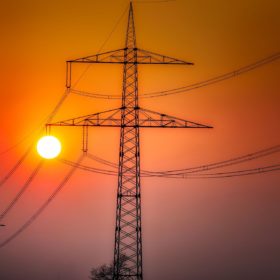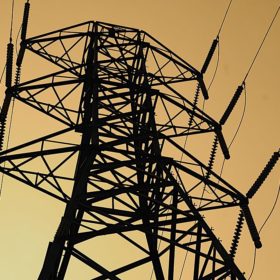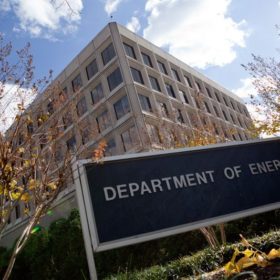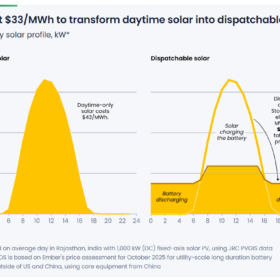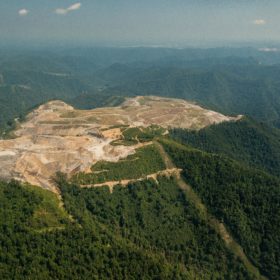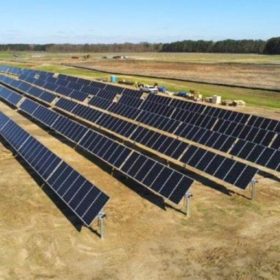In California and Hawaii, the benefits of smart inverters are just beginning
Smart inverters have opened up opportunities for people with smart inverters to be paid for providing stored energy on demand and other grid services.
Strategies to enhance the value of utility-scale PV is focus of Berkeley Lab study
The study considers options including an inverter loading ratio of up to 1.7 and DC-coupled batteries, and how increasing levels of PV on the grid influence the optimal PV system design.
IREC guide aims to help states deploy solar hosting capacity maps
More states require data-rich maps for solar developers, but face challenges in setting requirements to ensure the maps are accurate, useful, and timely.
Study outlines how 18 GW of solar can be deployed in the Carolinas by 2030
Tripling the amount of solar to be added in the Carolinas compared to Duke Energy’s plans would yield cost savings, a Brattle Group study found.
Grid-forming inverters enter prime time with DOE funding
As fossil generators are phased out, grid-forming inverters will need to be phased in so that the grid can be restarted after any blackout.
DOE grants aim to drive down inverter costs, advance PV fire prevention tech
Several of the projects also aim for lower costs for PV module materials or PV racking, as well as for lower defect rates on module assembly lines.
NREL projects solar generation and costs for 10 U.S. zones
The national laboratory developed the baseline products to develop and document transparent, normalized technology cost and performance assumptions.
Wärtsilä joins a growing field of OEMs testing hydrogen as a fuel for electric power generation
The engine manufacturer is the latest to test technology that can combust hydrogen blended with natural gas. The goal of reaching 100% hydrogen for electricity production will require more work.
Federal clean energy standard ‘one of the best ways’ to reach decarbonization goals, report says
A meta-analysis of seven studies that model clean energy policy packages highlights the “profound benefits and feasibility” of achieving 80% clean electricity by 2030.
Renewables up to 90% by 2050 would cost less than current generation mix: NREL study
Even 100% renewables could be reached with existing technology, the study said. Stanford University’s Mark Jacobson commented that system costs would be even lower with additional measures.

